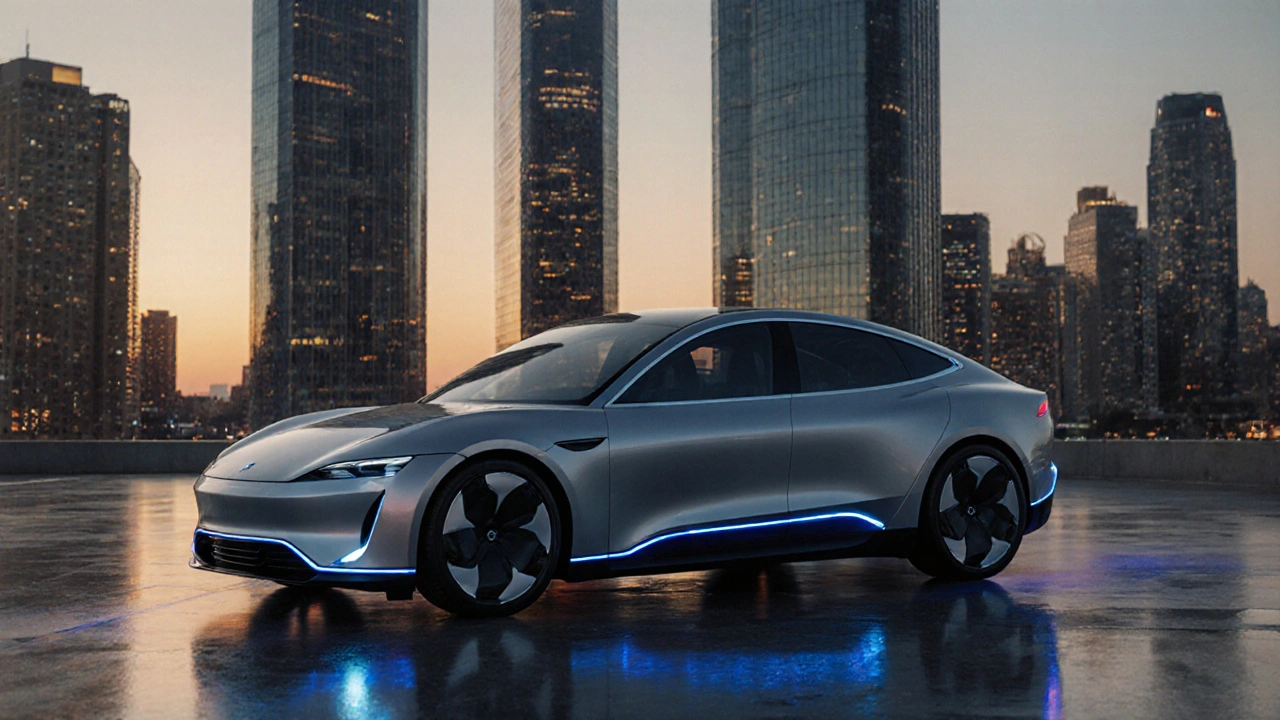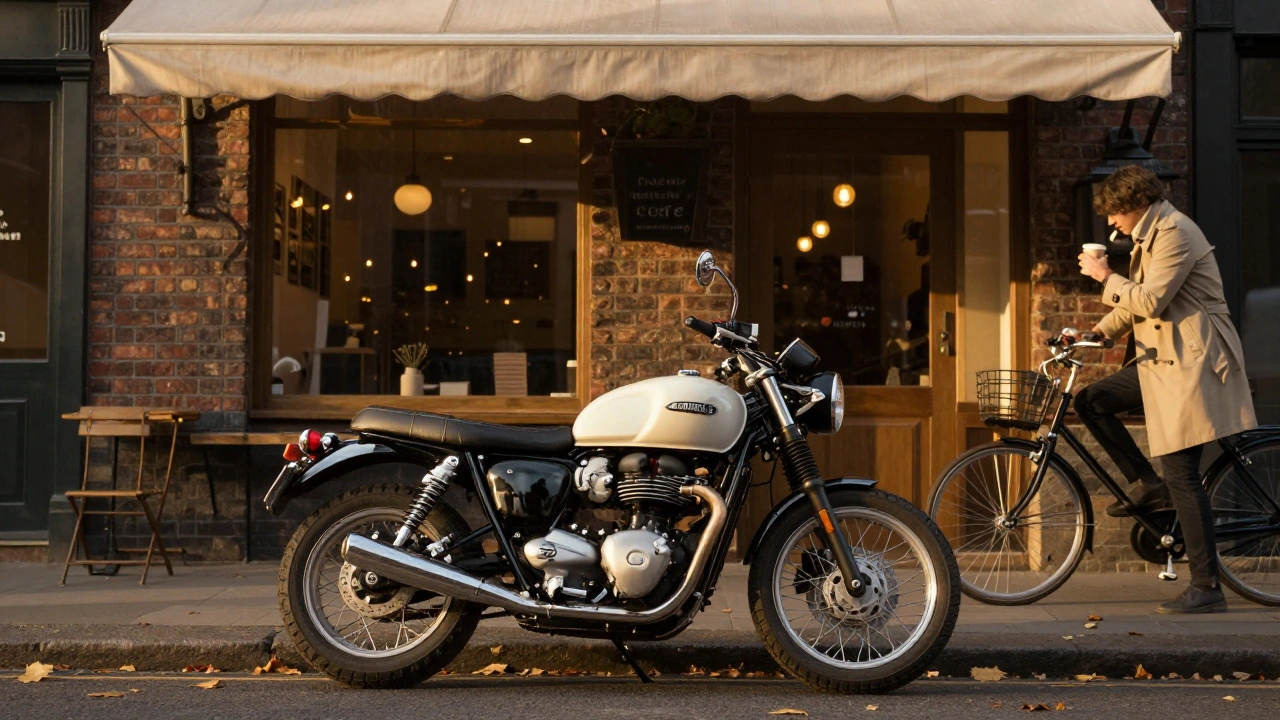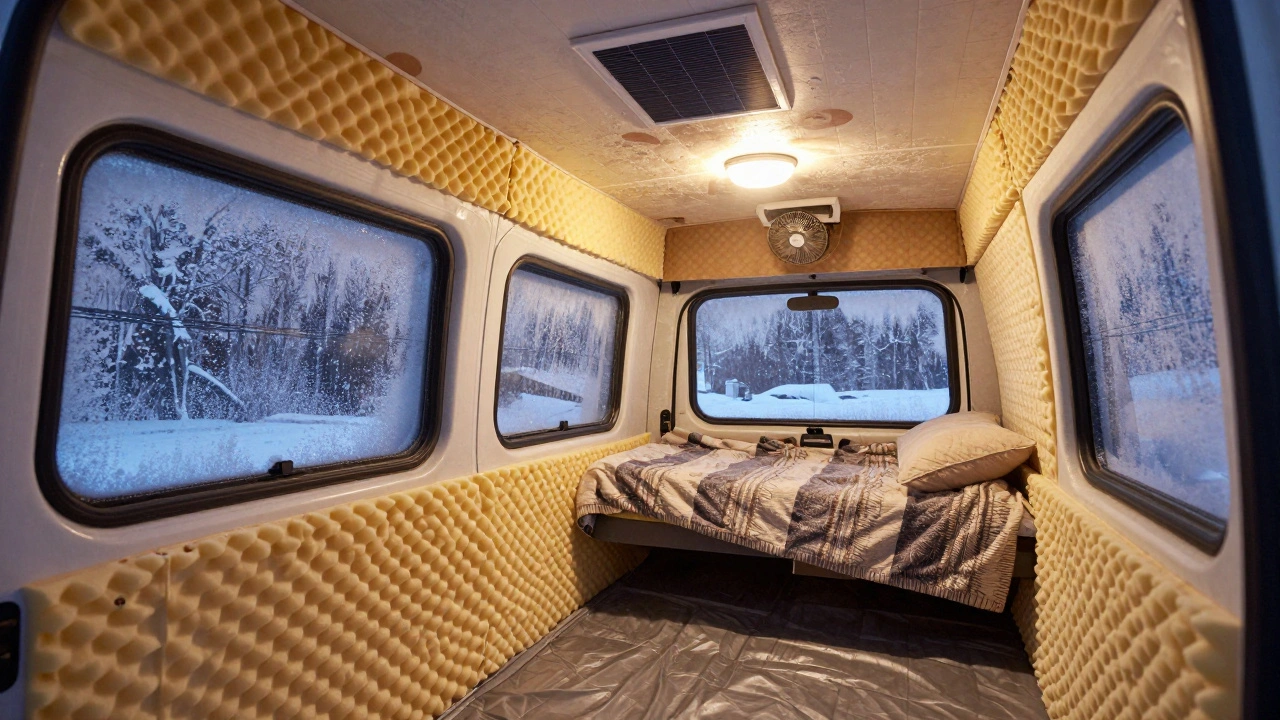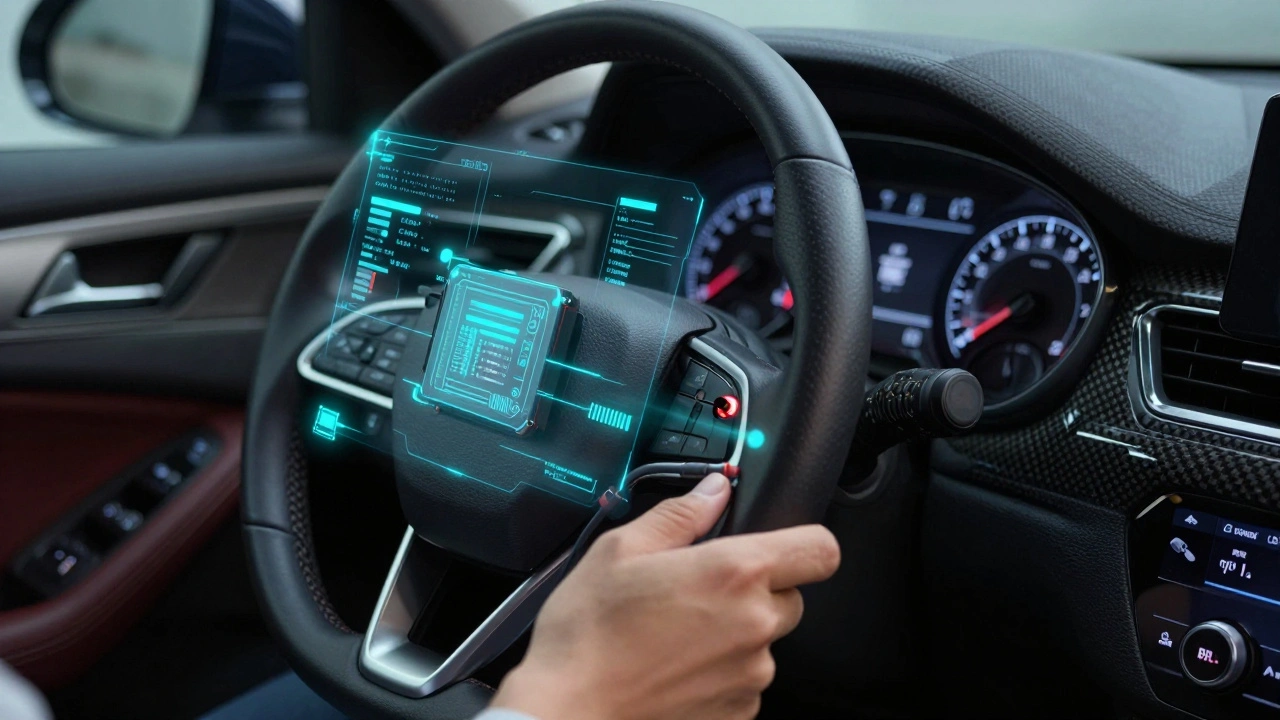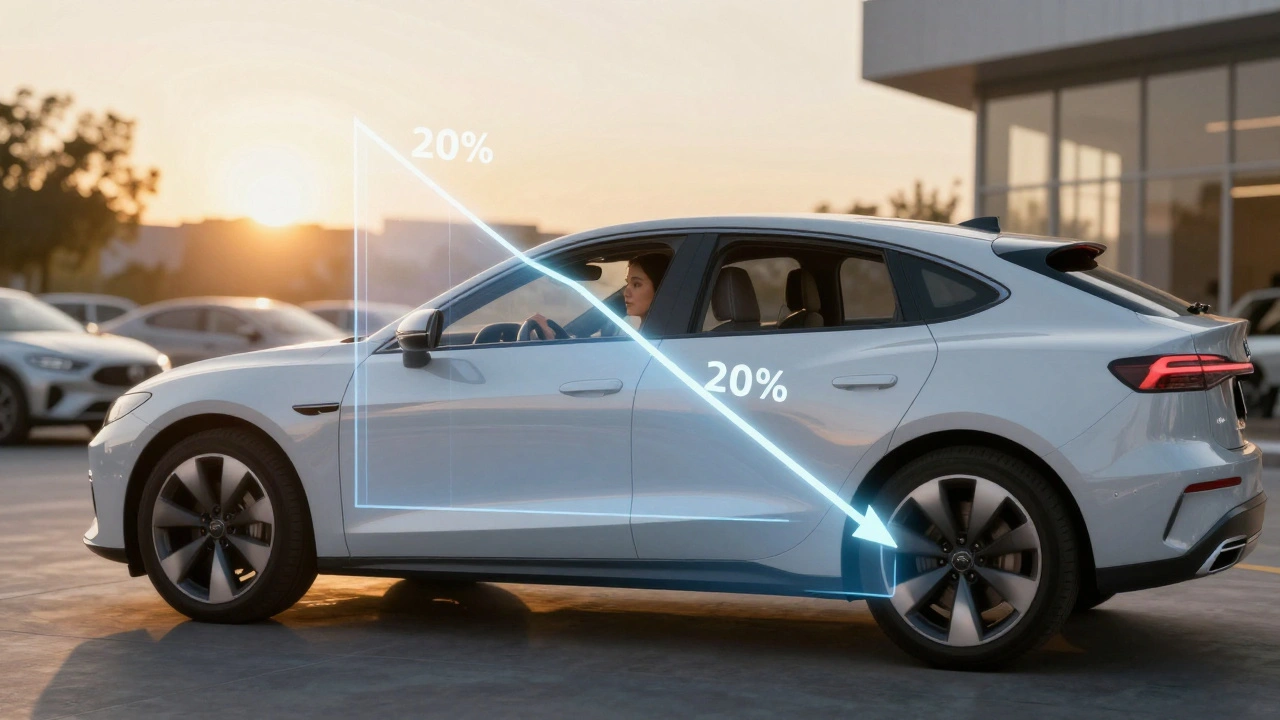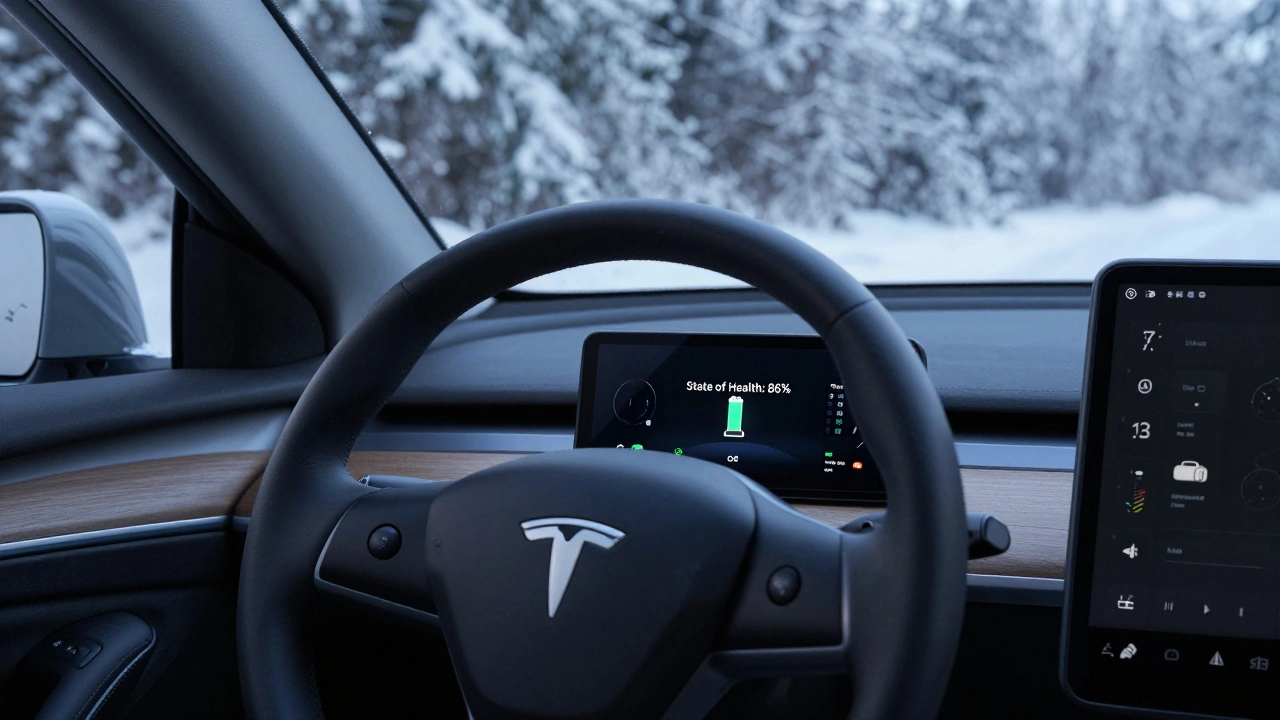Luxury Car Powertrain Comparison Tool
Range
300-400 mi
EPA rated range
Acceleration
0-60 mph in 3.5s
0-60 mph time
Emissions
Zero tailpipe
Emissions profile
Sustainability Score
High sustainability score indicates strong eco-friendly features
Silent operation, zero emissions, AI personalization, sustainable materials
| Metric | Electric | Hybrid | ICE |
|---|---|---|---|
| Typical Power (hp) | 500-800 | 450-650 | 600-900 |
| Range / Fuel Economy | 300-400 mi (EPA) | 50-80 mi electric + 350-450 mi gasoline | 300-350 mi |
| Emissions | Zero tailpipe | Reduced, but still present | High CO₂ output |
| Materials | Carbon fiber, recycled aluminum, bio-leather | Partially sustainable | Traditional materials |
| Autonomous Capability | Level 4+ (by 2030) | Level 3 (current) | Driver assistance only |
When you picture the next generation of high‑end rides, you probably imagine sleek silhouettes, whisper‑quiet cabins, and tech that feels straight out of a sci‑fi film. The truth is, the luxury automobiles are set to become electrified, autonomous, and sustainably crafted, reshaping what it means to travel in style.
Key Takeaways
- Electrification is no longer a niche - major luxury brands are committing to full‑electric line‑ups by 2030.
- Level‑5 autonomous systems will turn drivers into passengers, focusing on personal experience.
- Advanced materials like carbon‑fiber, recycled aluminum, and bio‑leather will boost performance while cutting waste.
- AI‑driven cockpits will learn driver preferences and adapt lighting, scent, and sound in real time.
- Sustainability and bespoke customization will go hand‑in‑hand, offering eco‑friendly luxury without compromising exclusivity.
Electrified Powertrains Redefine Luxury
Traditional V‑12 engines have given way to silent, high‑torque electric powertrains. Electric powertrain delivers instant torque, zero tailpipe emissions, and a smoother driving feel compared to internal combustion engines. Brands like Rolls‑Royce are already promising a fully electric Phantom by 2029, boasting over 600 horsepower and a range exceeding 300 miles.
Why does this matter for the affluent buyer? First, electric motors produce far less vibration, creating a serene cabin that aligns with luxury expectations. Second, the lower operating cost and tax incentives make ownership more attractive, especially in markets tightening emissions standards.
Autonomous Driving and the New Passenger Experience
Imagine a chauffeured ride where the car itself anticipates your needs. Autonomous driving refers to technology that can control a vehicle without human input, ranging from driver‑assist to full self‑driving capabilities is rapidly maturing. Mercedes‑Maybach’s "Drive Pilot" already offers Level‑3 hands‑free operation on highways, while upcoming models promise Level‑4, allowing the vehicle to handle most scenarios without a driver.
What changes in the cabin? Seats will swivel, workstations will fold out, and advanced infotainment will become a personal concierge. The focus shifts from controlling the car to curating an elite experience.
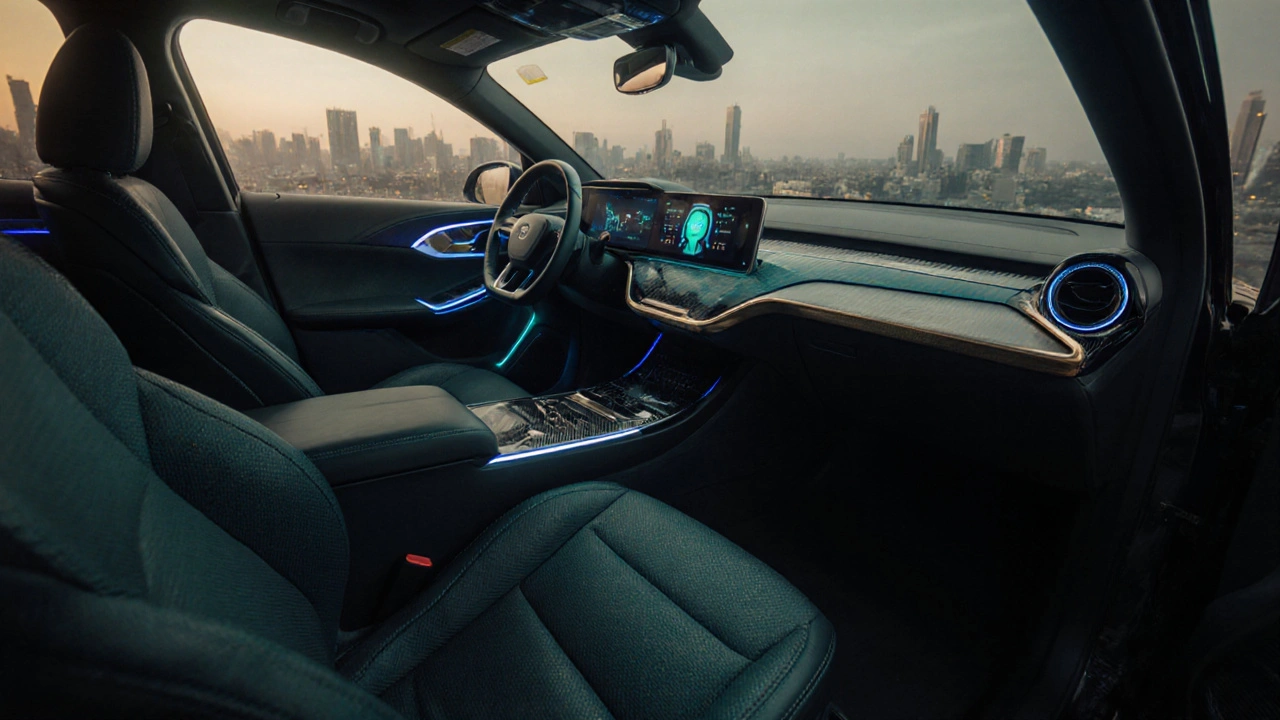
Materials & Craftsmanship - From Carbon Fiber to Bio‑Leather
Luxury has always meant the finest materials, but the future adds a sustainability layer. Advanced materials include carbon‑fiber composites, recycled aluminum, and plant‑based leather alternatives that reduce weight and environmental impact are entering high‑end production.
Carbon‑fiber monocoques cut vehicle weight by up to 30%, boosting range and handling. Simultaneously, bio‑leather made from pineapple leaves or mushroom mycelium offers a cruelty‑free, biodegradable alternative that can be dyed to match any interior palette.
AI‑Driven Cockpit and Personalization
Today's infotainment systems are being replaced by intelligent cabins. AI cockpit assistant leverages machine learning to adapt lighting, climate, music, and even scent based on driver habits and biometric feedback creates a truly bespoke environment.
For instance, Bentley’s "Silent Society" concept learns your preferred seat heating level, adjusts ambient lighting to match the time of day, and suggests routes that avoid traffic while offering scenic detours.
Sustainability Meets Opulence
Eco‑conscious wealth is on the rise. Wealthy consumers now demand that their purchases reflect environmental stewardship. Sustainable luxury combines high‑end design with responsible sourcing, low‑emission manufacturing, and circular‑economy principles is quickly becoming a selling point.
Manufacturers are adopting renewable energy for factories, employing 3‑D‑printed parts to reduce waste, and offering take‑back programs to recycle battery packs. The result is a vehicle that feels exclusive while leaving a smaller carbon footprint.
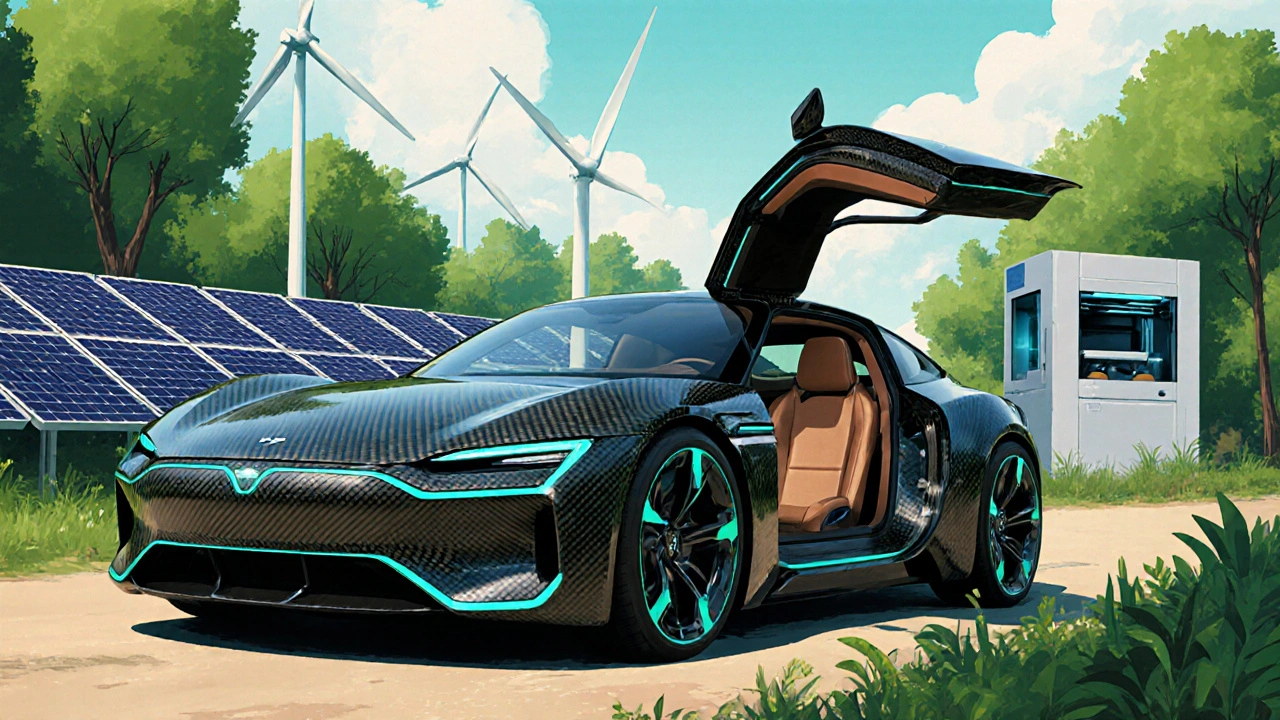
Performance Metrics - Speed, Range, and Quietness
Luxury performance is measured differently now. Rather than just top speed, buyers look at 0‑60 acceleration, silent cabin decibel levels, and electric range.
- Acceleration: Electric torque allows many new models to hit 0‑60 mph in under 3.5 seconds.
- Range: High‑energy‑density batteries push luxury EVs past 350 miles on a single charge.
- Acoustic comfort: Cabin noise is often below 30dB, far quieter than a traditional V‑12.
These metrics dovetail with the overall experience-speed without straining the environment and serenity that matches the premium positioning.
Powertrain Options in the Luxury Segment
| Type | Typical Power (hp) | Range / Fuel Economy | Emissions | Key Models (2025) |
|---|---|---|---|---|
| Fully Electric | 500‑800 | 300‑400mi (EPA) | Zero tailpipe | Rolls‑Royce Spectre, Bentley EX‑cele, Tesla Roadster |
| Plug‑in Hybrid | 450‑650 (combined) | 50‑80mi electric + 350‑450mi gasoline | Reduced, but still present | Mercedes‑Maybach S‑580 e, Porsche Panamera Turbo S E‑Hybrid |
| High‑Performance ICE | 600‑900 | 300‑350mi | High CO₂ output | BMW M8 Competition, Aston Martin DB11 V12 |
Checklist: What to Look for in Future Luxury Cars
- Electrified powertrain with at least 300mi range.
- Level‑4 autonomous capability or clear roadmap to it.
- Use of recycled or bio‑based interior materials.
- AI‑driven personalization that learns driver preferences.
- Transparent sustainability reporting from the manufacturer.
Frequently Asked Questions
When will fully electric luxury models become mainstream?
Most major luxury brands have pledged to launch all‑electric line‑ups by 2030. By 2027‑2028, a significant portion of new‑car sales in the segment will be electric.
Will autonomous driving reduce the need for a driver’s license?
Level‑4 systems still require a licensed occupant for legal and safety reasons, but the driver’s role will shift to supervising the system rather than actively controlling the car.
Are bio‑leather interiors as durable as traditional leather?
Modern bio‑leather treatments achieve comparable durability and aging resistance to animal leather, and they often outperform it in water resistance.
How does AI personalization protect my privacy?
Manufacturers are adopting on‑device learning, meaning data stays within the car’s secure hardware and is never uploaded without explicit consent.
What is the resale outlook for luxury EVs?
Early data shows that high‑end EVs retain value better than comparable ICE models, thanks to lower running costs and growing demand for green assets.
